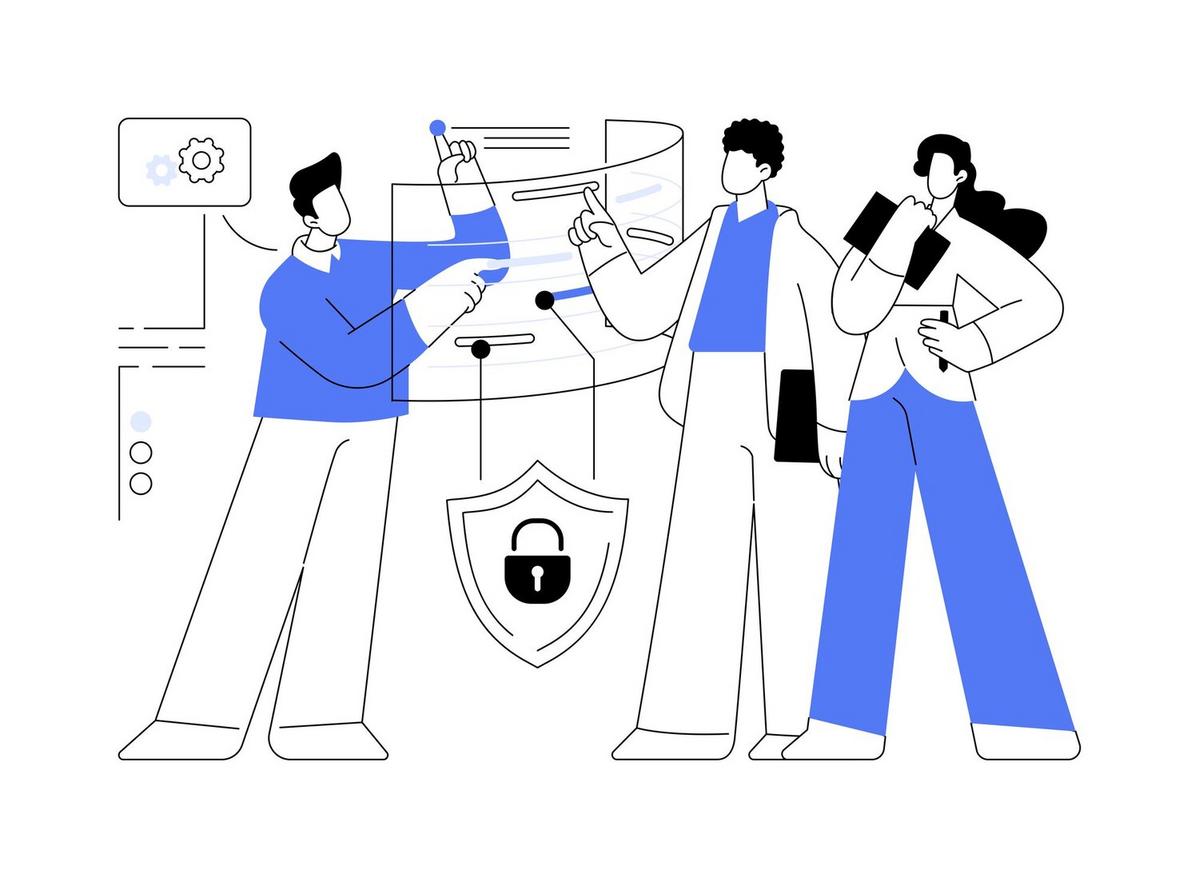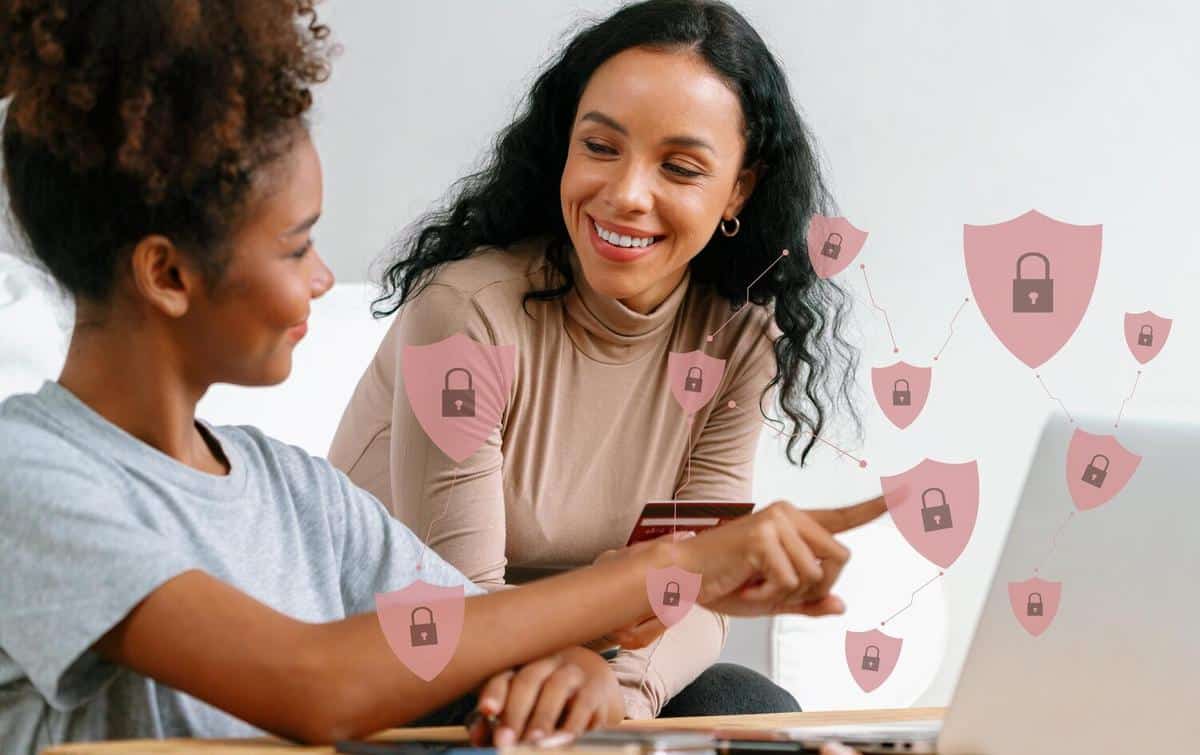
Breaking Down Barriers: Promoting Digital Literacy Globally
As the digital landscape continues to evolve, the importance of digital literacy becomes increasingly evident, serving as a crucial skill for navigating the modern world.
Digital literacy is more than just understanding how to use a computer or smartphone; it encompasses the ability to find, evaluate, and create information using digital technologies. According to a report by the International Telecommunication Union, approximately 3.6 billion people worldwide remain offline, highlighting the critical need for improved digital literacy globally.
Understanding Digital Literacy
Digital literacy involves a range of skills from basic technical know-how to the ability to critically assess digital information. As Dr. Laura DeNardis, a leading internet governance scholar, states, “Digital literacy is foundational for participating in the digital economy and society at large.” This underscores the significance of digital skills as a bridge to economic and personal growth.
The Digital Divide
The digital divide refers to the gap between those who have easy access to digital technologies and those who do not. This disparity can be attributed to various factors including socioeconomic status, geographic location, and education level. For instance, rural areas often face greater challenges in accessing digital resources compared to urban centers.
Statistics on Digital Literacy
Digital literacy rates vary significantly around the world. For example, a study by the Pew Research Center found that in developed countries, approximately 85% of individuals use the internet, whereas this number drops below 40% in developing regions. These statistics highlight the urgent need for initiatives that promote digital literacy worldwide.
Personal Stories: Overcoming Barriers
Consider the story of Miguel, a young man from a rural village in Latin America. With limited access to digital tools, Miguel struggled to complete his education. However, through a local digital literacy program, he learned to navigate online resources, enabling him to pursue higher education and ultimately secure a well-paying job in the tech industry. Miguel’s journey exemplifies the transformative power of digital literacy.
Actionable Tips to Promote Digital Literacy
- Support local and international digital literacy programs that provide access to technology and training.
- Encourage schools and educational institutions to integrate digital skills into their curricula.
- Advocate for policy changes that prioritize internet access and digital education.
- Utilize online platforms that offer free digital literacy courses to enhance personal skills.
Resources for Further Learning
For those interested in expanding their digital literacy skills, numerous online platforms offer free resources and courses. Websites like Coursera, Khan Academy, and Codecademy provide accessible educational content for learners worldwide.
FAQs
What is digital literacy?
Digital literacy refers to the ability to effectively and critically navigate, evaluate, and create information using a range of digital technologies.
Why is digital literacy important?
Digital literacy is essential for participating in the digital economy, accessing information, and communicating effectively in the modern world.
How can I improve my digital literacy?
Improving digital literacy can be achieved through online courses, engaging with digital tools, and participating in community workshops.
Conclusion
Breaking down barriers to digital literacy is a vital step toward ensuring equitable access to information and opportunities. By supporting educational initiatives and advocating for increased digital access, we can work towards a more inclusive digital future. As we embrace the digital age, fostering digital literacy will empower individuals worldwide to connect, innovate, and thrive.


